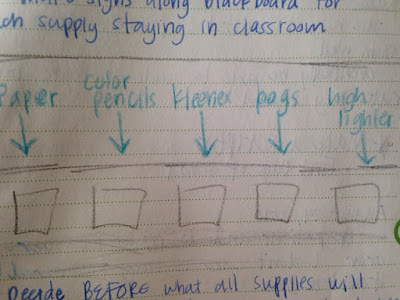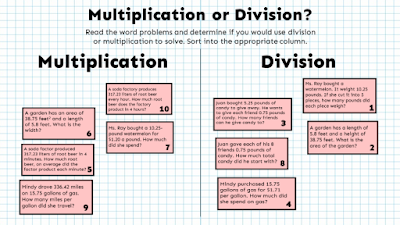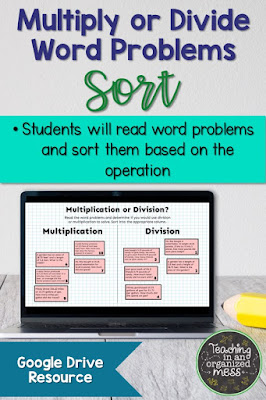Virtual. Learning.
Remote. Learning.
Distance. Learning.
Online. Learning.
Whatever your district calls it--this isn't easy. Not that I expected it to be. But this is just so much harder than I thought. There are so many decision to be made as new circumstances come up. I worry that our online learners aren't getting what they need. I worry about our in-class learners. I worry about my math teams and the stress they are under. I am constantly worrying.
Hopefully in a year we can all look back on this time glad that school is filled with students talking, laughing, not on the computer all day long, etc.
We've been working on our integer operations lessons. I filmed a video today with my favorite lesson that really needs students talking to work! I was just sitting at my desk talking to myself about the excitement that is integer operations <--that is not sarcasm.
I love algebra tiles so much. When I first learned out them 7 years ago, I loved them. Where were these when I learned algebra, where all my math problems began!
If you aren't using algebra tiles or colored counters to teach integer operations--start now.
This assignment has students model simple addition expressions, create zero pairs, and simplify the expression.



























